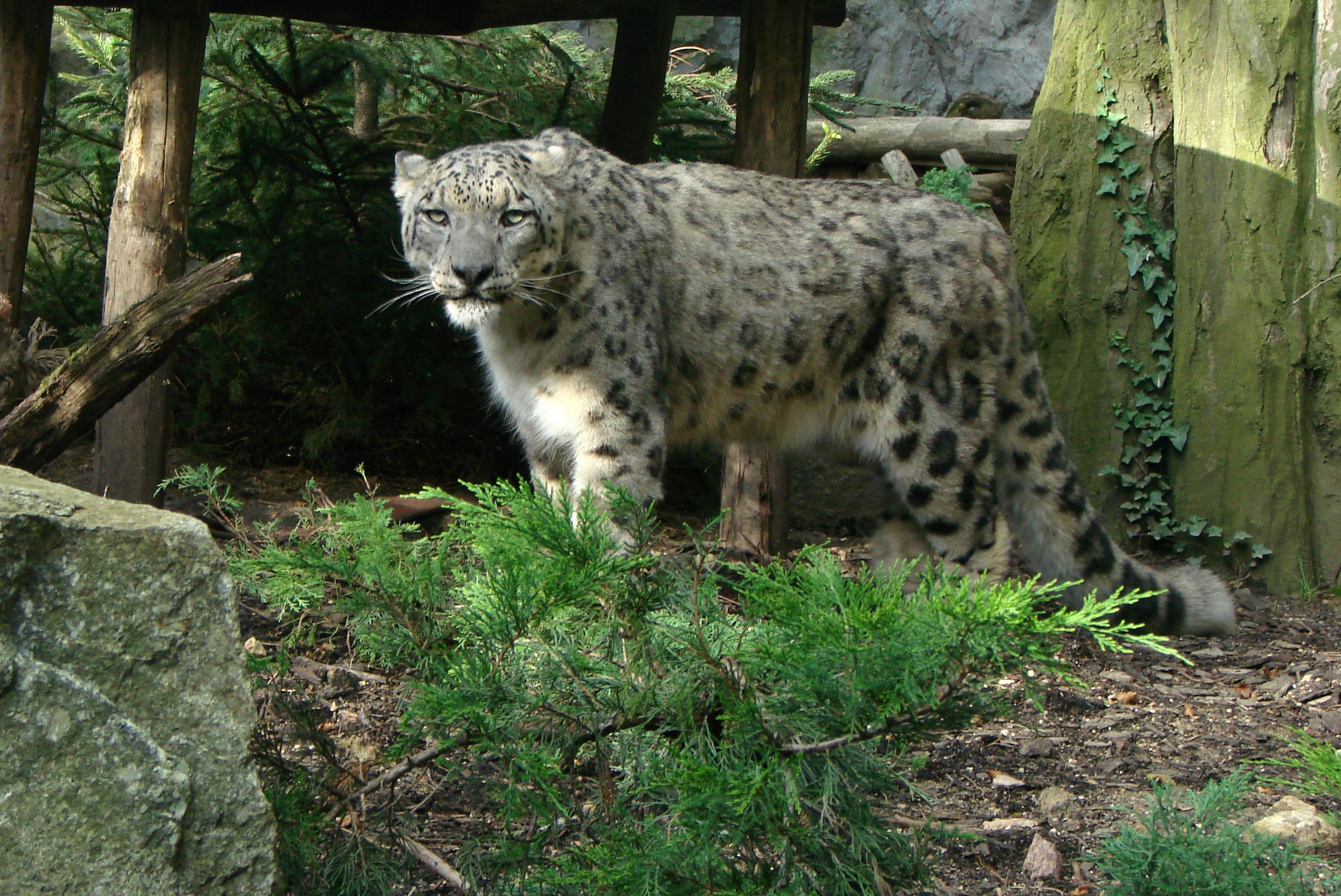 Penguins
Penguins are a group of
aquatic, flightless birds living almost exclusively in the
Southern Hemisphere. The number of penguin
species is debated. Depending on which authority is followed, penguin biodiversity varies between
17 and 20 living species.

The largest living species is the
Emperor Penguin, adults average about 1.1 m (3 ft 7 in) tall and weigh 35 kg (75 lb) or more. The smallest penguin species is the
Little Blue Penguin (also known as the Fairy Penguin), which stands around 40 cm tall (16 in) and weighs 1 kg (2.2 lb).
Penguins are
superbly adapted to an aquatic life. Their
wings have become flippers, useless for flight in the air. In the water, however, penguins are astonishingly agile. Within the smooth plumage a layer of air is preserved, ensuring buoyancy. The air layer also helps insulate the birds in cold waters. On land, penguins use their tails and wings to maintain b

alance for their upright stance.
All penguins are countershaded - that is, they have a white underside and a dark (mostly black) upperside. This is for camouflage. A predator looking up from below (such as an orca or a leopard seal) has difficulty distinguishing between a white penguin belly and the reflective water surface. The dark plumage on their backs camouflages them from above.
Diving penguins reach 6 to 12 km/h (3.7 to 7.5 mph), though there are reports of velocities of 27 km/h (17 mph) (which are more realistic in the case of startled flight). The small penguins do not usually dive deep; they catch their prey near the surface in dives that normally last only one or two minutes. Larger penguins can dive deep in case of need. Dives of the large Emperor Penguin have been recorded which reach a depth of 565 m (1870 ft) and last up to 22 minutes.
minutes.
Penguins form monogamous pairs for a breeding season, though the rate the same pair recouples varies drastically. Most penguins lay two eggs in a clutch, though the two largest species, the Emperor and the King Penguins, only lay one. The parents cooperate in caring for the clutch and the young. During the cold season on the other hand the mates separate for several months to protect the egg. Usually, the male stays with the egg and keeps it warm while the female goes to sea to find food for the baby. When the female comes back, they switch roles. Penguin eggs are smaller than any other bird species when compared proportionally to the weight of the parent birds; at 52 grams, the Little Penguin egg is 4.7 % of its mothers' weight, and the 450 gram Emperor Penguin egg is 2.3 %....(more on www.wikipedia.org)

 Baby Green Iguana
Baby Green Iguana 




